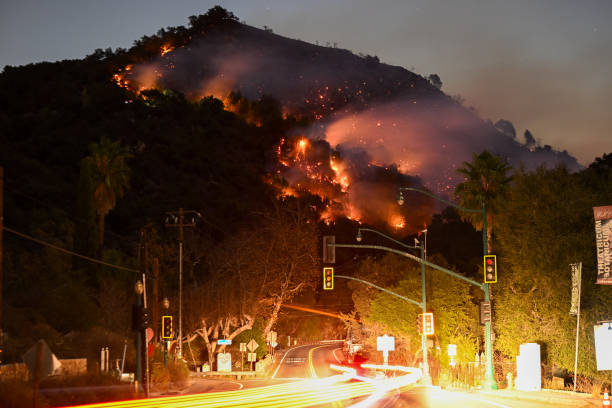Wildfires in Los Angeles have become an increasingly common and devastating occurrence, often leaving a trail of destruction across urban and rural areas. These wildfires, driven by a combination of natural and human factors, continue to challenge firefighting efforts and disrupt communities. Here’s the latest on the current wildfires in Los Angeles, including updates on their status and the causes fueling them.
Current Situation
As of now, several wildfires are burning across the Los Angeles region, with the largest fires concentrated in the outskirts of the city. The affected areas include parts of the Santa Monica Mountains and surrounding foothills, where dry vegetation and gusty winds have allowed the fires to spread rapidly. Local authorities have issued evacuation orders for several neighborhoods to ensure the safety of residents. Emergency shelters have been set up, providing temporary refuge for those displaced.
Firefighting teams are working tirelessly to contain the blazes, but strong Santa Ana winds and low humidity have made their efforts more challenging. These weather conditions create the perfect storm for fire spread, as dry winds accelerate the flames and embers can travel miles, igniting new fires in their wake. Despite these difficulties, firefighters are making progress in certain regions, with some containment lines successfully established.
Causes of the Wildfires
Wildfires in Los Angeles are often the result of a mix of natural and human factors. Among the natural causes, the region’s climate plays a significant role. Southern California experiences long periods of drought, leaving vegetation extremely dry and flammable. Coupled with seasonal high winds like the Santa Ana winds, this creates an environment ripe for wildfires.
However, human activity is a significant contributor to the ignition of these fires. Investigations into the current fires suggest that some were sparked by electrical utility equipment, while others may have been caused by campfires or discarded cigarette butts. In recent years, negligence and poorly maintained infrastructure have increasingly been linked to wildfire outbreaks. In some cases, arson has also been a factor, with individuals intentionally setting fires that quickly grow out of control.
Climate change exacerbates these conditions, leading to hotter, drier weather patterns that make wildfires more frequent and severe. The longer dry seasons and higher temperatures create ideal conditions for rapid fire spread and prolonged burning periods.
Moving Forward
Efforts to combat wildfires in Los Angeles include strengthening fire prevention strategies and improving emergency response systems. Authorities are urging residents to remain vigilant, clear vegetation around their homes, and adhere to evacuation orders when issued. Utility companies are also being held accountable to ensure that their infrastructure does not spark additional fires.
As the situation evolves, the priority remains ensuring public safety and minimizing the environmental and economic impacts of these fires. Staying informed and prepared is key to navigating the ongoing wildfire challenges in Los Angeles.




















